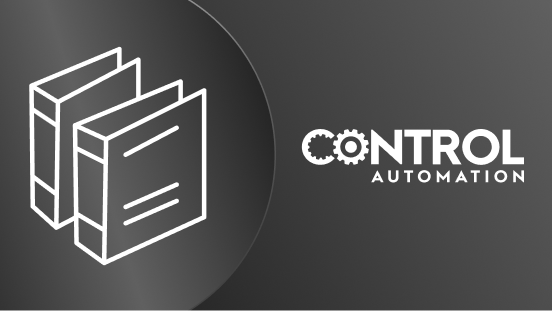
Sometimes we encounter a diversity of instrument signal standards in one control system. Such is the case with…
Textbook

Certain types of nuclear radiation easily penetrates the walls of industrial vessels, but is attenuated by…
Textbook

The three “elementary” particles of matter comprising all atoms are electrons, protons, and…
Textbook

Thermodynamics is the study of heat, temperature, and their related effects in physical systems. As a subject,…
Textbook

In November of 2007 a new computer virus was submitted to a virus scanning service. The purpose of this new…
Textbook

A Safety Instrumented Function, or SIF, is one or more components designed to execute a specific…
Textbook

So far we have just looked at instruments that sense, control, and influence process variables. Transmitters,…
Textbook

Perhaps the most important rule of controller tuning is to know the process before attempting to adjust the…
Textbook

The three “elementary” particles of matter comprising all atoms are electrons, protons, and…
Textbook

The Law of Continuity for fluids states that the product of mass density (\(\rho\)), cross-sectional pipe area…
Textbook

Valves can experience a number of problems, most of them either preventable or repairable. These problems can…
Textbook

In order for any PID controller to be practical, it must be able to do more than just implement the PID…
Textbook

Area refers to the size of two-dimensional surface. Volume refers to the size of a three-dimensional space. To…
Textbook

Earlier in this chapter you were shown a model of a nitrogen atom with a dense nucleus (comprised of protons…
Textbook

This animation shows the basic operation of a gas chromatograph, showing the separation of different molecular…
Textbook

A quantitative PID tuning procedure is a step-by-step approach leading directly to a set of numerical values…
Textbook

Feedback obtained from industrial users of FF reveal a common pattern: Fieldbus is a powerful and reliable…
Textbook

“Polyphase” means “many phases,” describing a form of AC electrical system where…
Textbook

(Will be addressed in future versions of this book)
Textbook

Perhaps the most important rule to obey when using pneumatic instruments is to maintain clean and dry…
Textbook

Self-balancing mechanisms consisting solely of a baffle/nozzle detector coupled to a feedback bellows, while…
Textbook

An important performance parameter for transmitter instruments is something often referred to as turndown or…
Textbook

Some of the simplest types of digital communication networks found in industry are defined by the EIA…
Textbook

Imagine a liquid-level control system for a vessel, where the position of a level-sensing float sets the…
Textbook

The very purpose of physics is to quantitatively describe and explain the physical world in as few terms as…
Textbook

Light has long been used as a long-range signaling medium. While communication by light through open air is…
Textbook

There are multiple motives for compromising the security of an industrial control system, some of which…
Textbook

Many liquid substances undergo a process whereby their constituent molecules split into positively and…
Textbook

All substances are comprised of various elements in various combinations and proportions. Elements may thus be…
Textbook

“Feedforward” is a rather under-used control strategy capable of managing a great many types of…
Textbook
